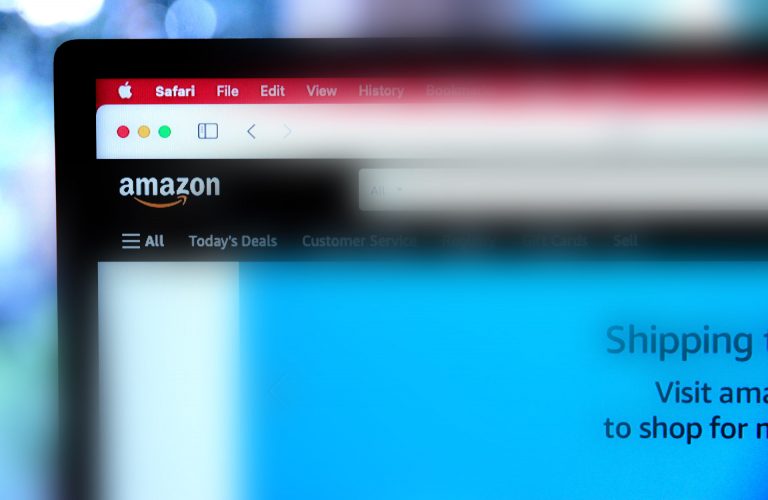Building a recognizable brand can take time and effort. If you want customers to remember who you are and what you do, you must strive to provide positive online experiences, so they will happily spread the good word about your business. Here are the 11 steps to creating a meaningful brand in 2018.
1. Create a Personality
Developing a brand will take careful planning, and it is your brand’s personality that will shape your logo, values, the tone of voice, and color scheme. You must think long and hard about the best personality to fit your business. For example, are you fun and casual, or serious and professional? Are you quirky or traditional? Do not create any marketing materials until you have defined your brand.
2. Online Reputation Management
Your brand is your business. How people perceive your company online will ultimately determine your longevity and success within an industry. Online PR must, therefore, be at the forefront of your mind at all times. Not only must you focus on search engine optimization (SEO) to grow your brand online, but you must refine the language you use and the message you convey to an audience.
Your sole aim when it comes to online marketing should be to boost your public image while increasing brand loyalty. Make time to build a connection with your customers via social media, your website and by email. You must also pay close attention to your brand name’s appearance in the search engines to identify what other websites are saying about your business online. One bad search can reportedly cost 22% of your business. Learn how to look better online.
3. The Right SEO Strategy
Of course, online reputation management and SEO go in hand-in-hand. You cannot possibly build a successful brand if no-one can find your website online. SEO tactics not only help you to rank positively in the search engines, but it ensures the right people can find your brand at the right time. You must, therefore, focus on running a targeted SEO strategy, which can deliver quality traffic to your website every day, and those helpful leads can potentially turn into loyal customers.
4. Tell & Sell Your Brand’s Story
Once a visitor has arrived on your website, it is up to you to keep them there. That is why you must aim to highlight who you are and what you can do immediately. It is essential to remember that people aren’t just looking for high-quality products or services; they are looking for unique experiences. For example, people that buy cars not only to drive from A to B, but to increase their profile, and people buy clothing not only to keep them warm but to feel confident or powerful. Customers don’t want any old product; they want the best product to transform their lifestyle.
Regardless of the product or the service you are attempting to sell; you must carefully think about why a customer would choose to buy it from you in the first place. What makes your brand more appealing than your competitors? Identify what it is so you can effectively tell your story and sell your product online.
5. Allow Your Audience to Define Themselves with Your Brand
The New York Times studied the psychology of sharing on social media and found 68% of respondents stated they shared content to provide their followers with an insight into who they are and what they care about. For example, you might share an article from The New York Times because you want people to know that is the newspaper you like to read. Or you could share a political video or article to express your political ideals.
Focus on finding ways to help people define themselves through your brand, so they are more likely to both engage with your content and share it across social media. For example, you can create insightful content that gets people thinking or introduce online quizzes that allow users to share their results online. Strive to learn more about your demographic, so you can create content that encourages social media sharing. Doing this will provide consumers with meaningful online experiences to help your brand to grow stronger.
6. Stand by Your Values
As mentioned, your brand doesn’t just reflect great products and services. It reflects your personality and values – and it is these values that will be much bigger than your goods for sale. BrewDog is a prime example, as the craft beer company stands by its anti-establishment values. So, when one of their ads was banned, they published a press release stating they did not care about the marketing breach, which their fans loved. Not only did the PR move help them gain positive exposure from their target market, but it also proved they are a company that stands by their beliefs – which customers will want to invest in. Try to stand for something bigger than the product or service you are selling to your customers.
7. Consistency is Key
It doesn’t matter if you have a fun or formal brand, consistency is paramount throughout your marketing materials. Your company must use the same language and tone, so you can continually reflect your brand’s personality and values. If you steer away from your tone of voice or marketing message, you can confuse your customers, which could make you appear unprofessional. Prove you have exceptional attention to detail by carefully selecting every word you write and color you choose in your marketing campaigns.
8. Don’t Copycat Companies
Never try to replicate another brand, as you will appear both unprofessional and unauthentic. Consumers aren’t stupid and will see right through any copycat tactics you try. Regardless of the size of your company, you must develop your own image from day one, so you are more likely to connect with your customers. Try to differentiate your business using visuals and tone, which will prove how unique you are in comparison to other brands – and not how similar. This will provide your company with a greater chance of success within your industry and could help you tap into a niche field. While developing a unique brand is a risk, it is a risk you will need to take to fill a gap in the market.
9. Keep Your Branding Simple
Your target audience will not have the time or the patience to go to great lengths to learn about your brand, products, and services. Keep it simple so you can quickly and easily communicate with your demographic. For example, don’t overcomplicate your brand by cramming in every aspect of your business into one logo. Simply offer an impression of who you are and what you do. The biggest and best brands in the world offer simple logos that subtly reflect their image, such as Nike, McDonald’s, and Coca-Cola. Carefully consider the psychology of color when developing your brand, which can communicate feelings, such as hunger, passion, cold or danger. Create a visual identity people will instantly think about when they hear your brand’s name, such as Coca-Cola’s bright red labeling and Spencerian script.
10. Interact with Your Target Audience
Interaction with your audience is essential if you want to form long-lasting relationships. Thanks to the internet, there are now multiple ways to connect with your demographic and create more meaningful experiences. For example, you can utilize the power of social media to ask your followers questions, reply to their questions or comments, and quickly respond to negative feedback.
11. Write Informative Articles on Your Website
The more valuable content you provide to your target audience, the more likely they will view your brand as an essential source of information within an industry. As a result, you can frequently connect with your readership and will improve your brand’s chances of turning a lead into a sale. You must regularly write and publish unique, insightful, and interesting articles that are relevant to your target market. Every piece of content must be written to the highest possible standard and should feature zero spelling or grammar mistakes to reflect your company’s professionalism and attention to detail. Don’t forget to incorporate high-quality images throughout the content to break up large chunks of text, and they must also reflect your company’s image.
Conclusion
Building the right brand will take a great deal of time and hard work. Your sole goal must be to form a brand identity, which will become a big USP for your business. Attempt to connect with your target audience to answer their questions and resolve their problems, which is easier than ever before thanks to social media. Also, try to learn more about your customers, so you can deliver targeted, consistent marketing campaigns that can provide your demographic with meaningful customer experiences, which could separate your brand from its industry rivals.
What tactics do you use to provide your target audience with meaningful experiences? Have you encountered any problems when developing a brand? Share your tips and experiences by writing a comment below.










